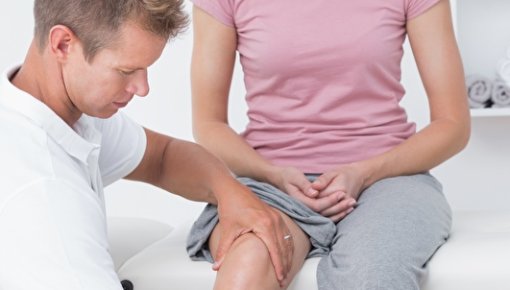Rehabilitation after a torn ACL injury

After a torn anterior cruciate ligament (ACL) injury in the knee, it's important to have several months of rehabilitation under the supervision of a physical therapist. The focus of rehabilitation is to move the knee and strengthen the muscles. Rehabilitation is important both after surgery and after conservative treatment without surgery.
An ACL tear can be treated conservatively or surgically. Surgery involves replacing the torn ACL with a graft taken from a tendon in your thigh. The body has to convert the inserted tendon into a ligament so it can perform its new job. That can take several months. Because of this, several months of rehabilitation are recommended after having surgery. The places in the thigh where the graft tissue was removed have to heal after surgery and can be painful for some time, too.
In conservative (non-surgical) treatment, rehabilitation is started straight away. The goal of the rehabilitation is to strengthen the muscles supporting the knee so they can take on the job of the missing ACL.
It is always important to do enough rehabilitation, regardless of the type of treatment you have. The goal is to stabilize the knee in the weeks and months after the injury, and to strengthen the thigh muscles. It also takes some time to get a feel for the position of the knee again, and to be able to move it as naturally as before the injury. The ACL contains special sensory cells (receptors) that tell the brain about the mechanical forces acting in the knee. Some physical therapy exercises help to restore coordination.
